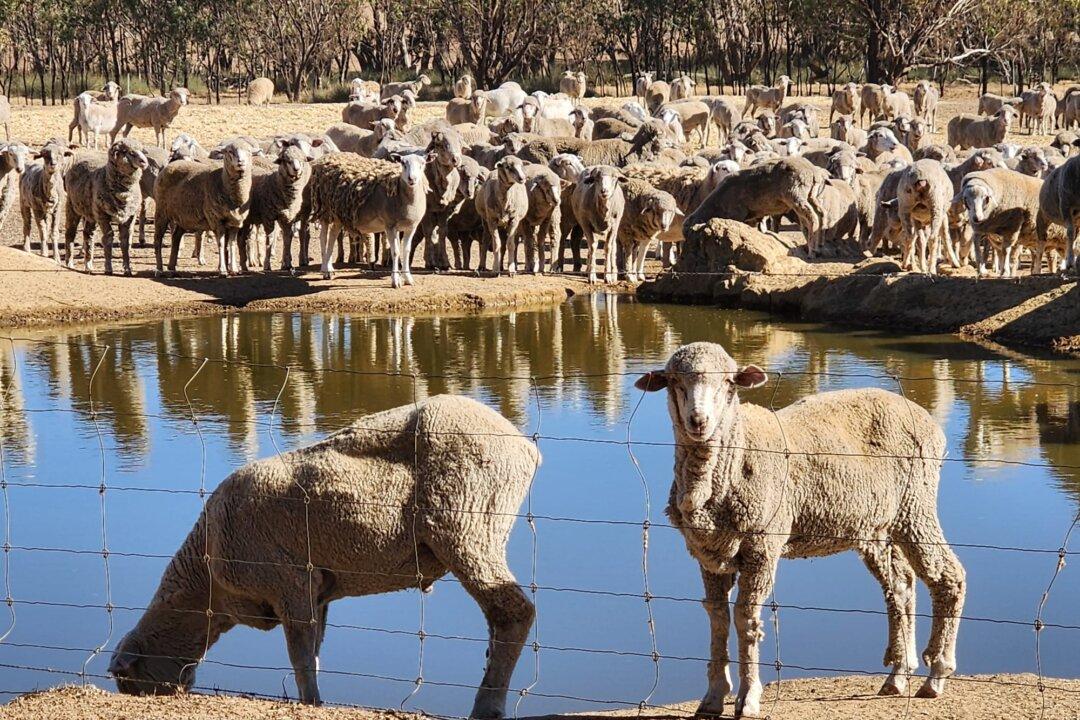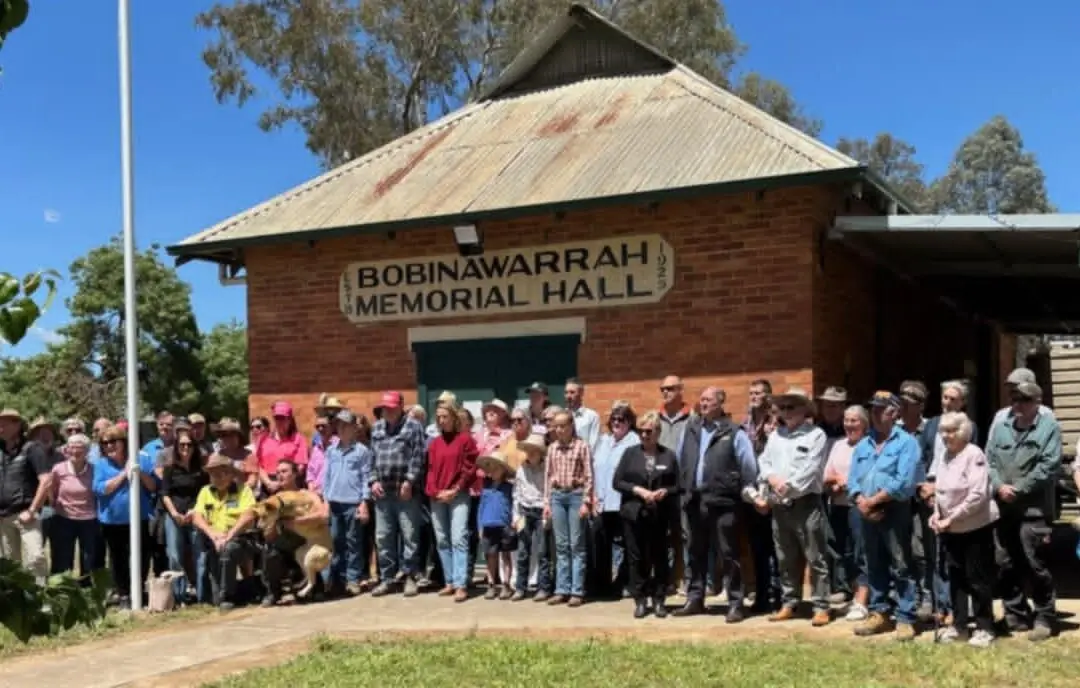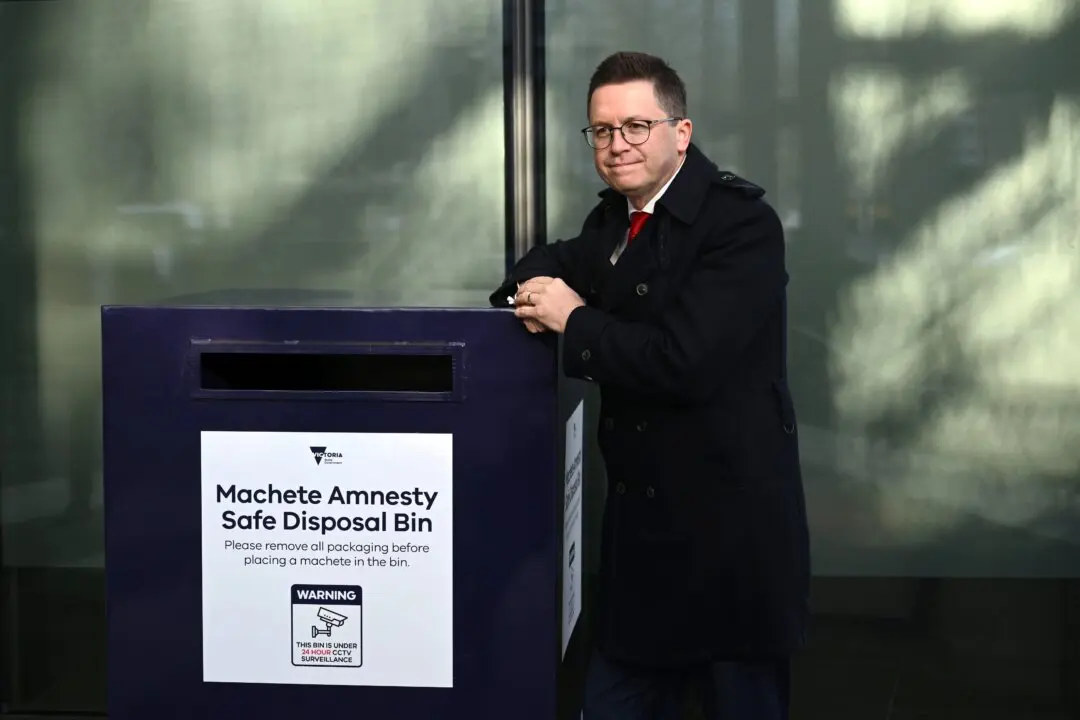The Albanese government’s decision to shut down the live sheep export will cost rural communities in Western Australia millions of dollars over the next decade, a farmer advocacy group has warned.
The comment came after the federal government introduced laws to the lower house on May 30, that it would commit to phasing out live exports by May 2028.





